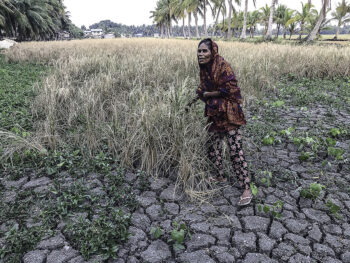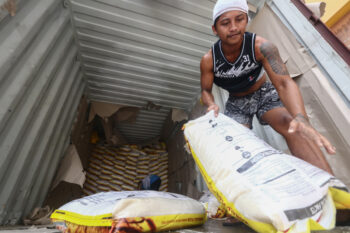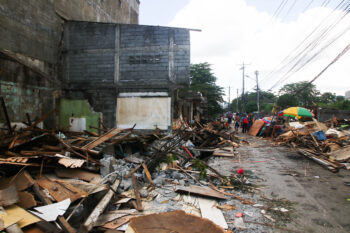MALAYBALAY CITY (MindaNews/26 June) — For most readers, the word kaingin may evoke images of forests being wantonly cut down and burned for agriculture. Nothing can be farther from the truth if one cares to examine the original concept of kaingin as practiced by the Lumads or indigenous peoples. It just happened that all we know about it came from textbooks produced by authors who were too lazy to do research.
Contrary to popular notion, kaingin, as an indigenous farming technology, not only provides food to the Lumads but also helps conserve the forest. Sounds silly? Based on my aging notes from a conversation with the late Higaonon Datu Rico Salisay, here’s an explanation of how they do – or did – it:
Through kaingin, the trees are cut but the seedlings are left to grow again. When the area begins to be revegetated, a baby forest or lubas (the growth of trees after slash and burn) is created. Underneath the forest are seeds and seedlings that have grown again after seeing the sun. The passing of time will definitely not alter Nature’s way. While there is a tree, there is a seed, and while there is a seed and the sun, there is the forest.
Doing kaingin stems from the authority accorded by Magbabaya (Supreme Being). This is not just done for the heck of it. In the event of a bad omen or bagtu after asking the permission of the spirits, the plan to do kaingin is not pushed through. But if a good sign is given, it means Magbabaya approves of the plan and it may continue.
In practicing kaingin, the Lumads make sure that doing so would not cause damage to adjoining parcels of land. When burning trees, they see to it that trees in the other areas are not burned or destroyed.
Sacred places such as worship areas, burial grounds, and hunting grounds are excluded from kaingin.
Doing kaingin in an area is not regular or permanent. After harvest, the farmer moves to another area to allow the previous one to regenerate. This is to preserve the forests and maintain the fertility of the soil.
All things and creatures on earth are linked to the life and culture of the Lumads. In effect, all yield or produce are not for individual consumption alone but instead these are shared with the Tagbaya (gods or spirits) and all other creatures.
The balance of nature or ecology is embedded in the respect for the Tagbaya who takes care of everything. In this light, exploiting and claiming ownership over the land are deterrents to restoring or maintaining ecological balance.
It was actually the non-Lumads who corrupted the kaingin system by turning cleared forests into permanent farmlands. Worse, they’re ignorant of its cultural underpinnings.
Nonetheless, is kaingin still viable?
Kaingin may have worked well in the past due to the adoption of some controls as mentioned earlier. But with only a few hectares of forests left and the worsening disasters we have experienced lately, it may no longer be a wise option. There must be a way out for Lumads who, for generations, have depended on it for their survival.
Yes, I know, it’s easier said than done. (MindaViews is the opinion section of MindaNews. H. Marcos C. Mordeno can be reached at hmcmordeno@gmail.com)






